One of the reasons I tried out a B&W film was to see what the grain structure was like and to see what the contrast range (dynamic range) was like. These images are macro ‘raw’ photographs of the original negatives (to get the maximum detail that I could. First, the grain:
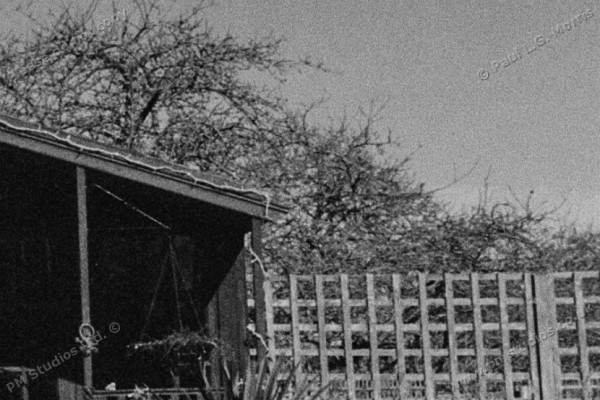
Hmmm. This was decent, medium speed film (Ilford XP2 400) so I was surprised at how much grain there was. I would be disappointed with a digital camera giving the same amount of noise as this at the same film speed.
As an aside, I used to work for Ilford Films when they first introduced the XP type B&W films. It was revolutionary at the time because it was a B&W film that used the colour film print technology.
Dynamic range. One test for this was to do a 3-shot bracketed exposure set at 2 stop intervals. These have had basic exposure and contrast adjustments to see how they fare: 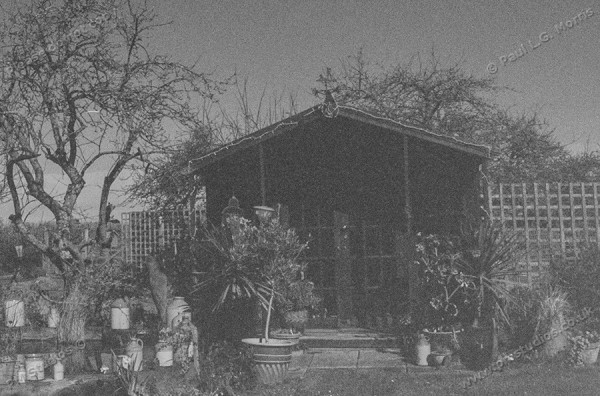
This is under exposed and there is no detail in the shadows.
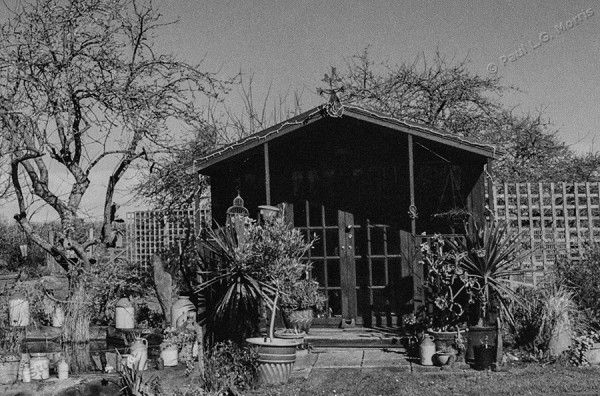
This us the standard exposure. Shadow detail is poor; you can just make out the window panes in the shadows.
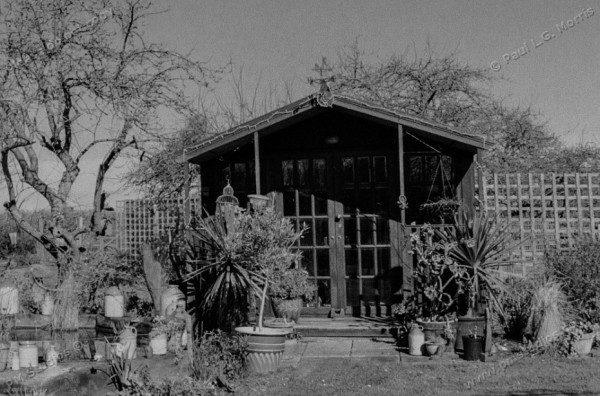
Over exposed: More detail in the shadows but still not brilliant.
However, looking at the histogram for the standard exposure before any adjustments shows…
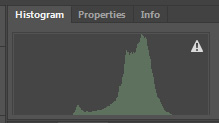
… the lack of contrast and range in the image. Here is is asis:
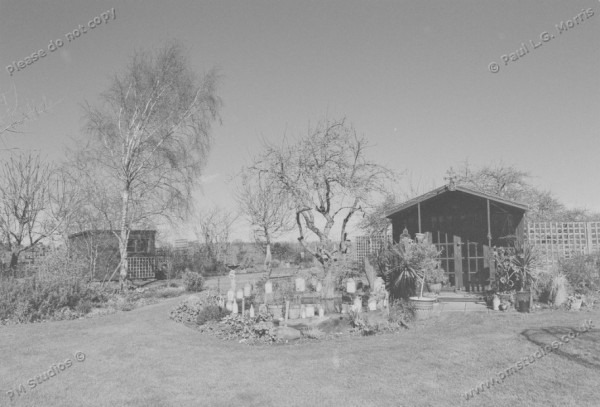
More detail in the shadows, but rather flat looking.
And just to see what happens, I tried merging them as an HDR set:
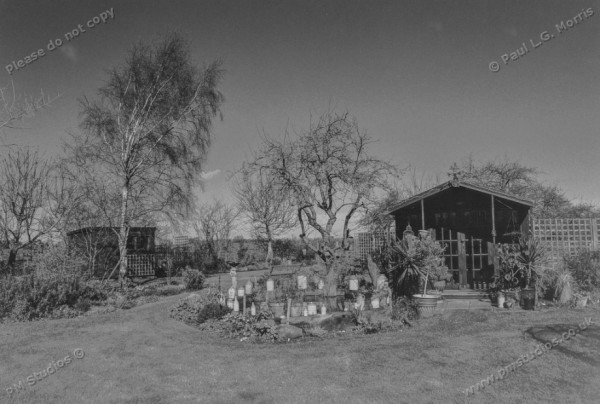
This is using the default (fusion) settings for the merge. I like this the best!
